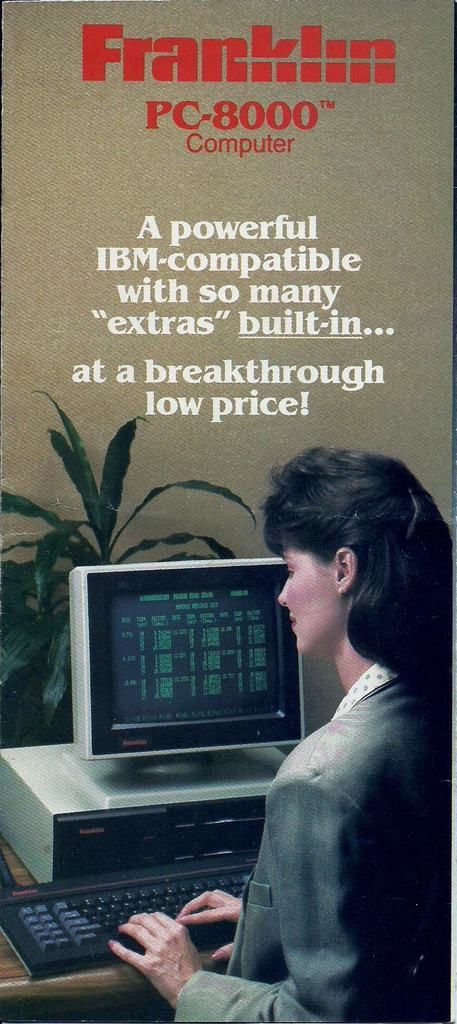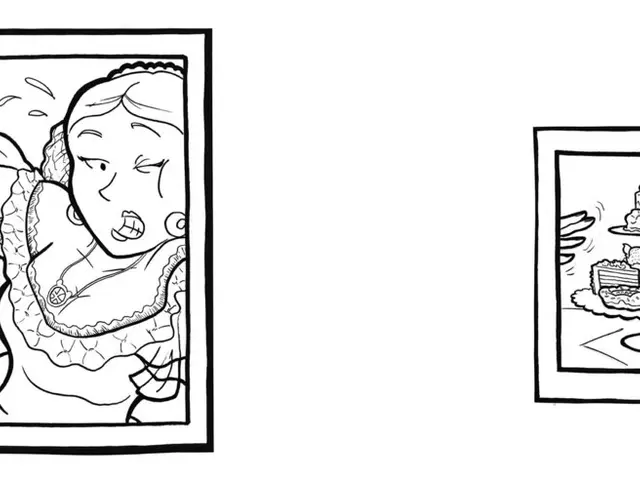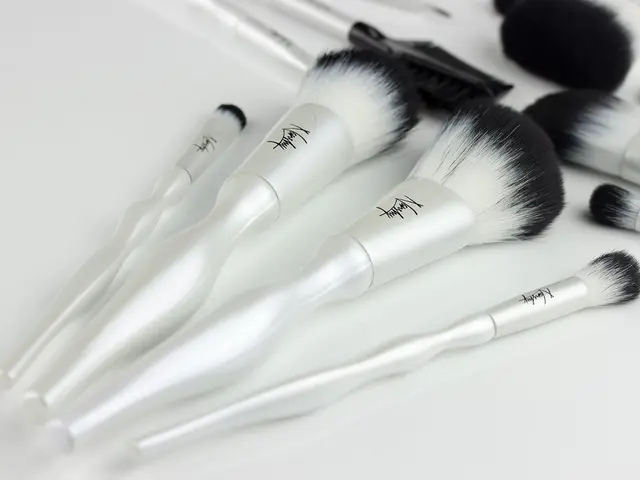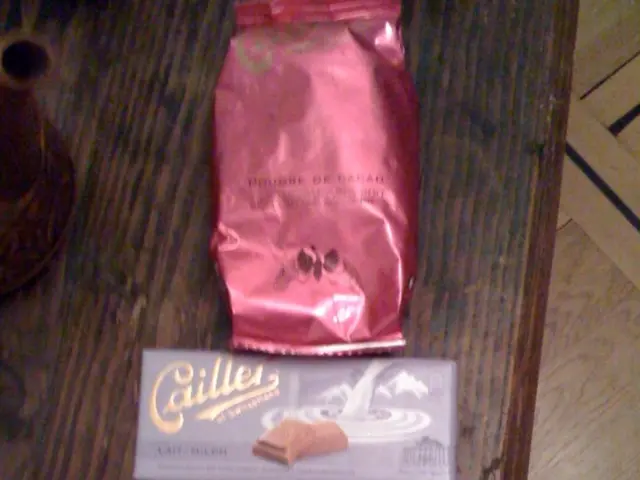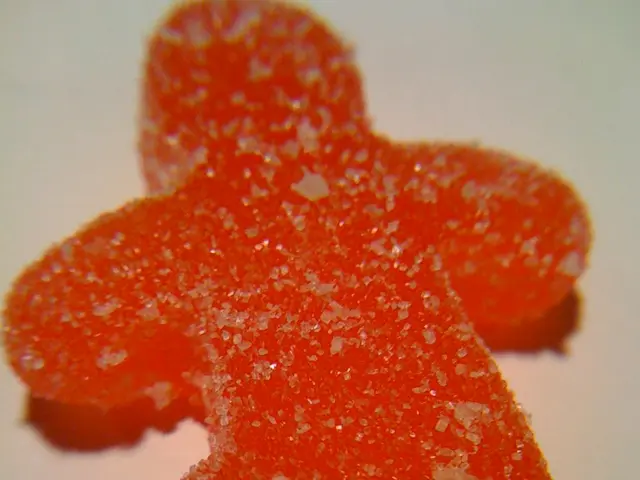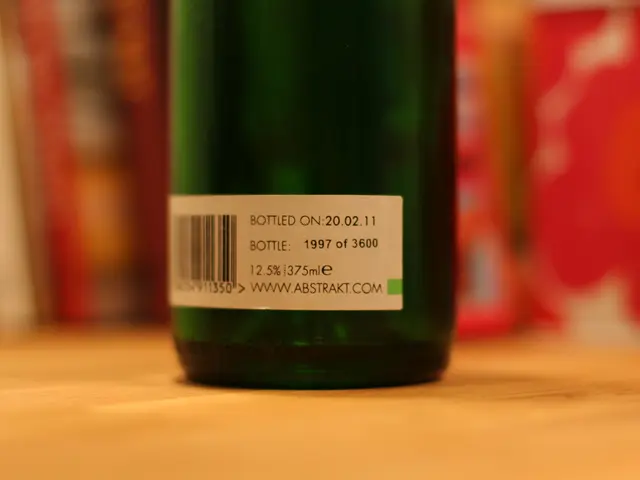Here's Why You Should Swap Last Year's Sunscreen for a Fresh Batch
A Quick Reminder on Sunscreen Safety
Last year's sunscreen is no longer recommended for use. - Discontinue using last year's sunscreen due to potential lack of effectiveness and possible deterioration in its protective qualities.
Got some leftover sunscreen from last summer hiding in your bathroom cabinet? It's time to reconsider. That sunscreen might not be as effective as you think.
Usually, you can find out how long you can use sunscreen after opening it on the label. Look for an open jar symbol with "12 M" inside on the bottle. This means the sunscreen can be used for a maximum of 12 months after opening. Only until then does the manufacturer guarantee the sunscreen's full effectiveness. Using it for longer could put you at risk. Improper storage, such as leaving it in a hot car or exposure to high heat, can reduce the sunscreen's efficacy faster than expected.
Here's What Happens When You Use Old Sunscreen
Professor Eckhard Breitbart, a dermatologist, suggests throwing out old sunscreen and buying a new pack. He explains that once the sunscreen bottle is opened, oxygen gets in, leading to oxidation. This oxidation changes the active ingredients, making it impossible to maintain the protective function correctly.
In 2021, researchers from the Sorbonne and the national research agency CNRS found another problem with sunscreens containing the chemical UV filter Octocrylene. Over time, the molecule Benzophenone forms in creams, which is potentially carcinogenic and can also cause allergies.
What's the Deal with Octocrylene and Benzophenone?
The researchers examined 17 sunscreen products with an SPF of 50. Octocrylene was present in 16 of them. They put the sunscreens in an incubator for six weeks at 40°C and 75% humidity. After these six weeks, the creams were in the same state as they would be after a year of storage at room temperature. The researchers found no benzophenone in the sunscreen that did not contain Octocrylene. However, they found 39 mg/kg of benzophenone in the fresh state of the other 16 sunscreen creams, which increased to 75 mg/kg after six weeks.
The North Rhine-Westphalia Consumer Centre reports that mineral UV filters like "titanium dioxide" or "zinc oxide" are generally more stable, and creams can be used for longer. You can determine if a sunscreen contains Octocrylene by checking the ingredients list. It will say "Octocrylene."
Want to Know More?
- Why Your Skin Starts Producing More Chin Hair As You Age
- What Makes Coffee Such a Strong Stimulant for the Bladder
- The Mystery Behind That Annoying Eye Twitch
Sources
- Sorbonne Study
- Apotheken Umschau
- North Rhine-Westphalia Consumer Centre
Keywords
- Sunscreen
- Sunscreen lotion
- Ultraviolet radiation
The Commission, recognizing the importance of health and wellness, has also adopted a proposal for a directive on the protection of workers from the risks related to exposure to ionizing radiation, similar to the concern for the effects of improperly stored and aged sunscreen. In the context of science and fitness-and-exercise, it's essential to maintain the efficacy of skincare products, such as sunscreen, just as athletes need to replace their workouts when they become ineffective.
